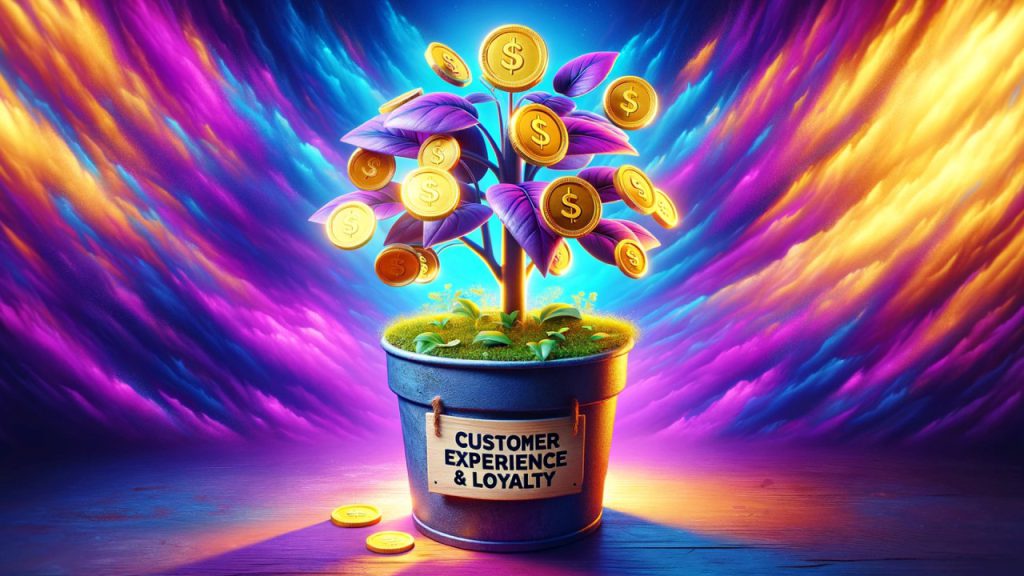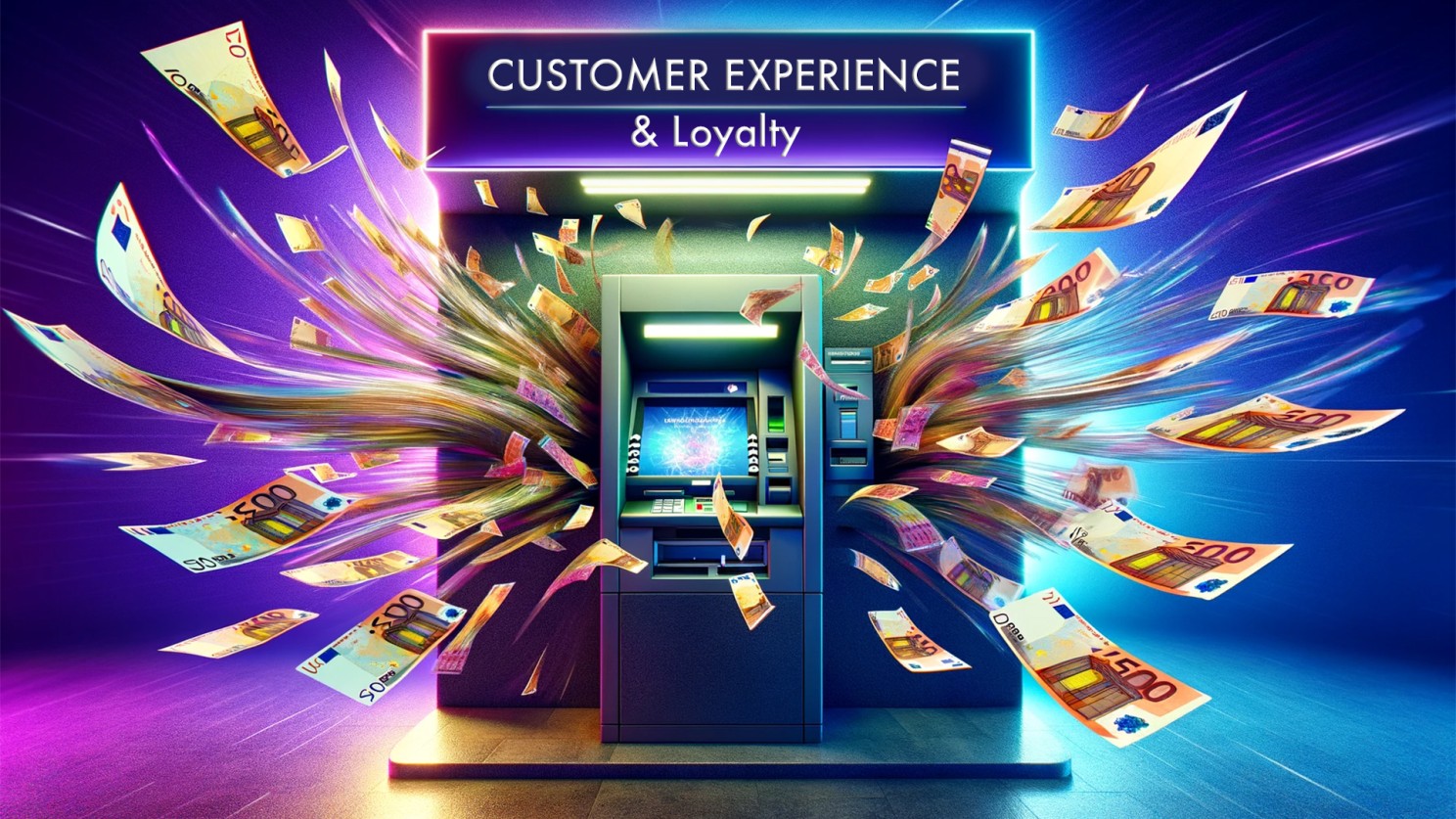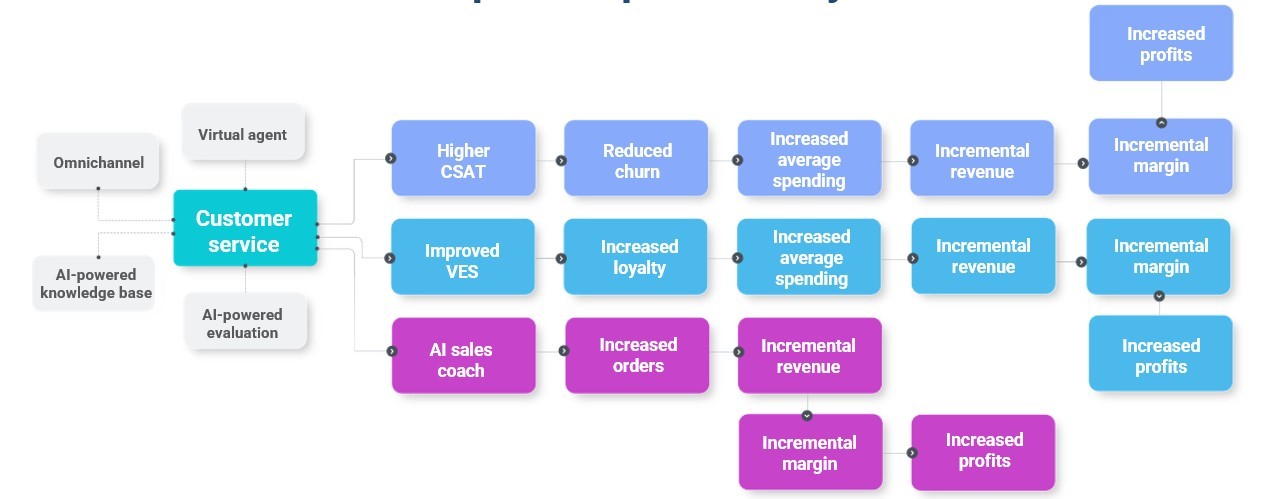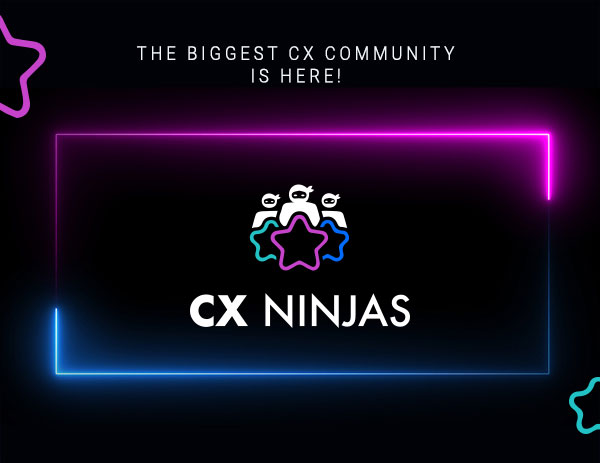The economic impact of CX & Loyalty investments

- marketing
- December 4, 2023
- Categories: Isidoros' blogspots
- Tags: AI, CX, Loyalty
Using AI analytics to quantify the Return on Investment of your customer experience initiatives*
Pick any industry:
Chances are, customer experience (CX) is a top priority for most businesses, but only a few effectively measure the impact of their actions.
The importance of customer experience management in building brand loyalty and understanding customers cannot be understated, but you also want your actions to increase revenue and profit. If you’re not seeing returns from your CX and loyalty investments, it simply isn’t working for you.
According to respondents from large enterprises, every $1 spent on customer experience delivers a $3 return. However, less than 2% of midsize and smaller businesses know where they stand with their CX and loyalty investments in terms of profitability.

Now with the power of AI analytics the game changes and it’s far easier to calculate your Return on Investment (ROI). You can have a compass metric to gauge your digital customer experience investments and calculate their impact on revenue and profitability.
We analyse ROI in four focus areas: customer engagement, loyalty program, customer service, and employee experience.
The customer engagement path to profitability
When customer engagement is combined with Customer 360 it enables businesses to gain a deeper understanding of their customers, their behaviors and preferences. This information can be used to create personalized campaigns that effectively engage customers, leading to increased brand loyalty and revenue:
- Personalized campaigns can help you tailor your marketing efforts to each individual customer’s preferences and interests.
- By doing this, you are more likely to offer them products or services that they are interested in, leading to a higher average spending per customer.
- This increased average spending then translates into incremental revenue for your business.
- As your revenue grows, without the costs growing proportionally, you can also increase your margin on each sale, resulting in incremental margin for your business.
- Finally, by generating incremental revenue and margin, you are also increasing your profits over time, which is the ultimate goal of any successful business.
The Loyalty rewards program path to profitability

Companies across industries leverage Loyalty programs to identify their most engaged customers, collect behavioral and preference data, and incentivize purchases. When customers feel rewarded for doing business with you through loyalty programs, it leads to improved customer retention and satisfaction:
Improved customer retention
- Improved customer retention leads to customers who are more familiar with your products and services, and therefore more likely to spend more each time they do business with you.
- Increased spending by loyal customers can lead to incremental revenue, as the more a customer spends, the more revenue your business earns.
- Incremental revenue, in turn, can lead to incremental margin, as the costs of serving an existing customer are typically lower than those of acquiring a new one.
- Increased margin, finally, can lead to increased profits, as the more margin your business earns, the more profit you can realize from each customer interaction.
Increased customer satisfaction
- Increased customer satisfaction leads to positive word-of-mouth advertising and customer advocacy.
- Advocacy leads to a larger pool of potential customers, who are more likely to make a purchase due to the trust and recommendation of their peers.
- This reduces the cost of customer acquisition, as the marketing spend required to attract new customers is reduced.
- With lower customer acquisition costs, the incremental revenue generated by new customers contributes more to the bottom line, leading to increased profits.
The Customer Service path to profitability

Good customer service leads to higher customer satisfaction and an improved Value Enhancement Score (VES), which measures the value added to a customer’s experience through purchase confirmation and product usage tips:
Higher CSAT
- Higher CSAT leads to reduced churn as satisfied customers are less likely to leave.
- Reduced churn leads to increased average spending as loyal customers tend to spend more with the brand.
- Increased average spending leads to incremental revenue, as customers are spending more over time.
- Incremental revenue leads to incremental margin as the cost of servicing existing customers is typically lower than acquiring new ones.
- Incremental margin leads to increased profits, as the business is generating more revenue and profit without significant additional costs.
Improved VES
- Customers with high VES are more likely to remain loyal to the brand and make repeat purchases.
- Increased customer loyalty leads to increased average spending, which leads to incremental revenues and margins. Finally, increased profits are the ultimate outcome of this cycle.
AI sales coach
- Especially for agents who also handle orders, AI-powered sales coaching can lead to a substantial increase in orders’ size.
- This leads to increased profitability because larger orders mean higher margins and lower costs per unit. Additionally, AI-powered sales coaching can help agents upsell and cross-sell more effectively, resulting in more loyal and satisfied customers.
The Employee Experience path to profitability

Good employee experience enables better collaboration and decision-making through the use of business intelligence tools:
Better collaboration
- Better collaboration improves communication and coordination among employees. Moreover, intelligent automations can help deliver faster, more personalized, and more consistent services.
- Increased productivity results from better teamwork and tools that automate tasks.
- Reduced costs arise from less time wasted on manual workarounds and errors.
- Increased profits come from higher efficiency, optimized resources, and improved outcomes.
Business intelligence
- Business intelligence provides valuable insights and analytics about customer behaviour, market trends, and business performance.
- These insights help in making data-driven decisions, enabling businesses to optimize their operations, products, and services for better profitability.
- By having access to real-time data and predictive analytics, businesses can identify opportunities and threats early, and take proactive measures to stay ahead of the competition.
- With better decision-making, businesses can allocate resources more efficiently, reduce costs, and focus on high-impact activities that generate more revenue and profits.
Level up your customer experience with AI analytics!
If you’re investing in customer experience management projects, it’s essential to measure your Return on Investment (ROI). By doing so, you can quantify the impact of your CX initiatives and ensure they’re delivering tangible business results.

With ROI data in hand, you can optimize your CX investments to generate even greater returns while providing exceptional experiences that keep customers coming back for more. So don’t miss out on the opportunity to supercharge your CX efforts – calculate your ROI today and unleash the full potential of your customer experience strategy!
